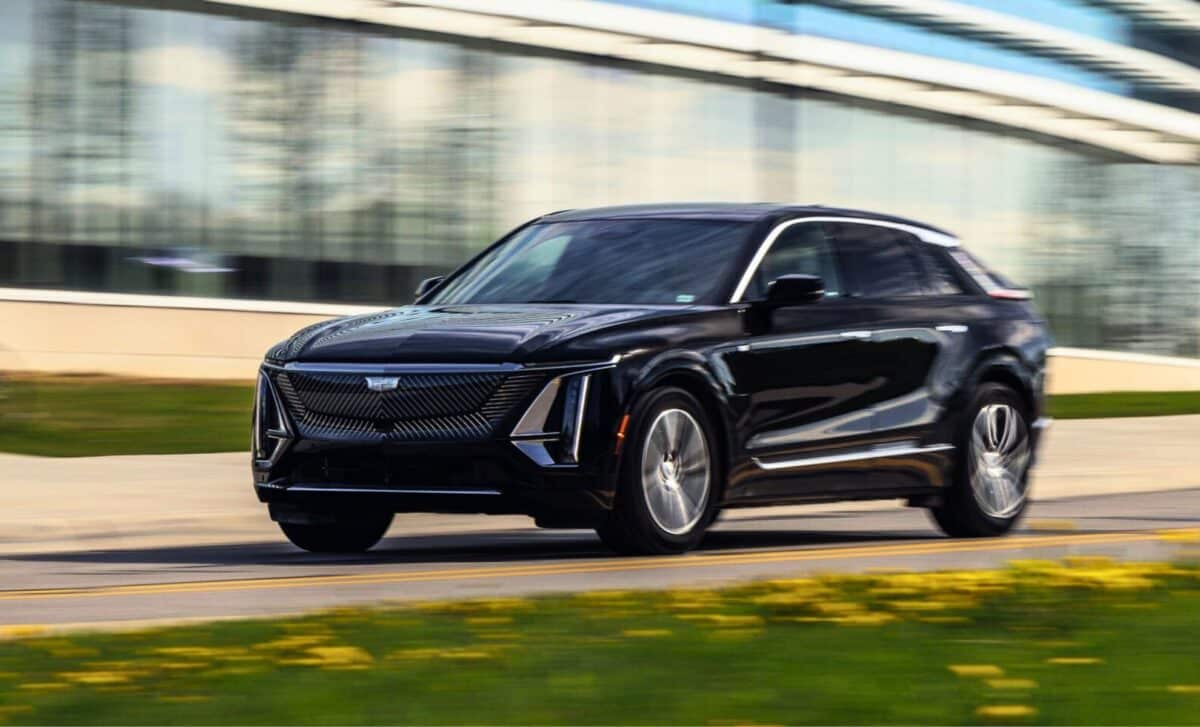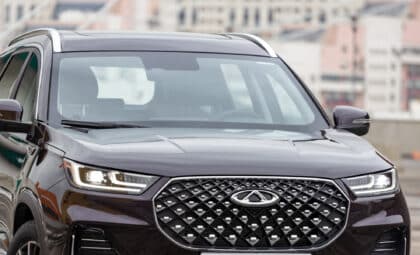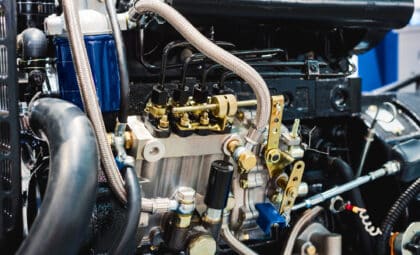When Cadillac set out to design its first all-electric SUV, the LYRIQ, much of the attention focused—predictably—on range, performance, and styling. But nestled behind the headlines about battery specs and sculpted bodywork was something few saw coming: a bold, nearly obsessive focus on sound. Not just how the car sounds, but how it lets you listen.
Inside the LYRIQ is a 19-speaker audio system tuned not by a luxury branding partner but by AKG, a company with deep roots in recording history. Its microphones have captured artists from The Beatles to Kanye West. Now, AKG is bringing its studio legacy into motion, partnering with Cadillac to create what both brands call a “moving studio.”
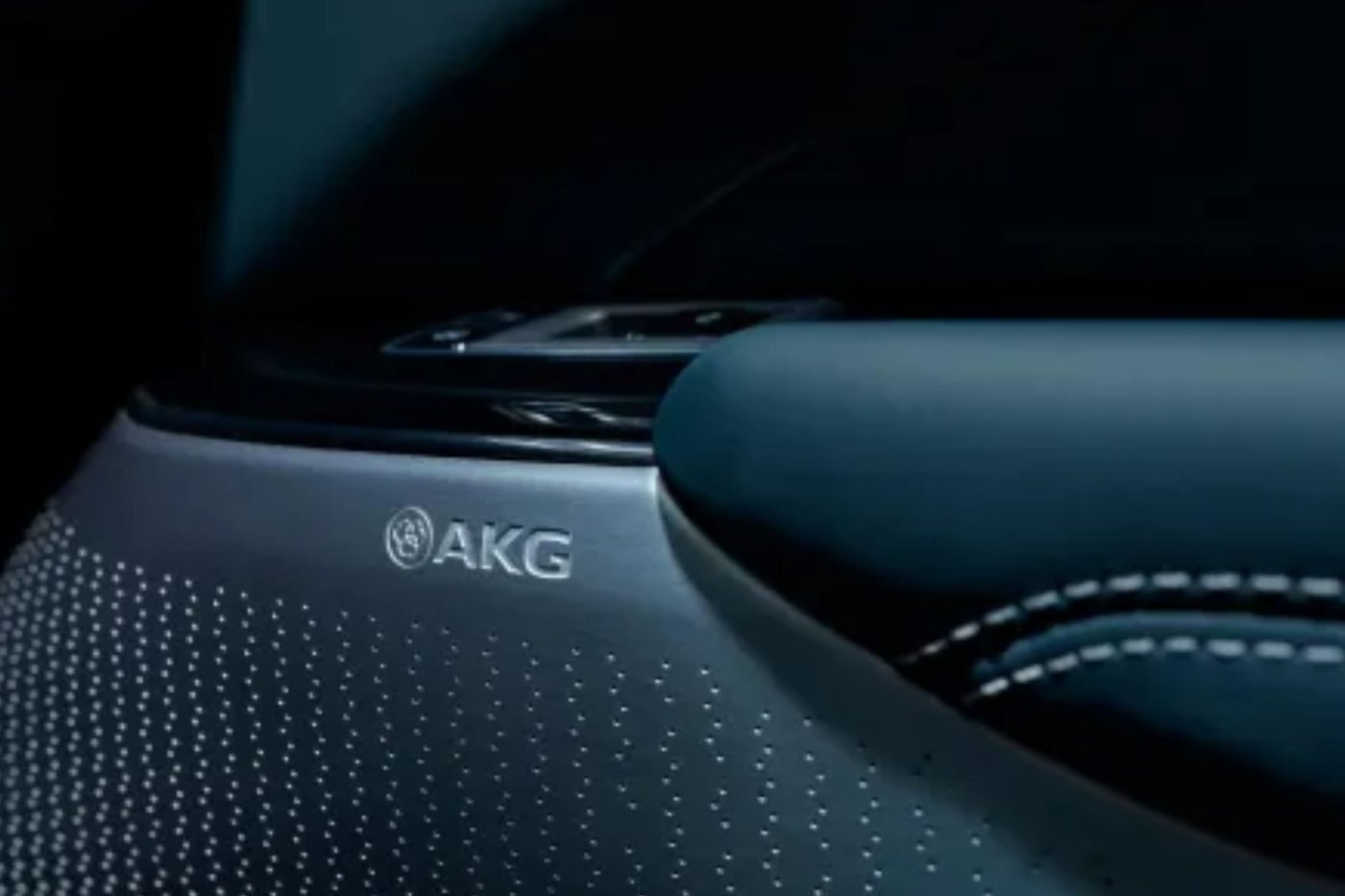
Unlike most in-car audio systems—where a well-known name is slapped on a set of mid-grade speakers—this one was developed from the ground up. Engineers from AKG, Cadillac, and Dolby Laboratories spent over two years tuning every element of the system, even flying to recording studios to better understand how sound behaves in acoustically perfect rooms.
Silence Is a Luxury, Too
The LYRIQ’s electric drivetrain eliminates engine noise—a basic perk of any EV—but Cadillac didn’t stop there. Engineers added acoustic-laminated glass, fine-tuned body insulation, and active noise cancellation powered by the same AKG speaker array. The result is an interior so quiet that it’s been described by Cadillac executives as a “symphony of solitude.”
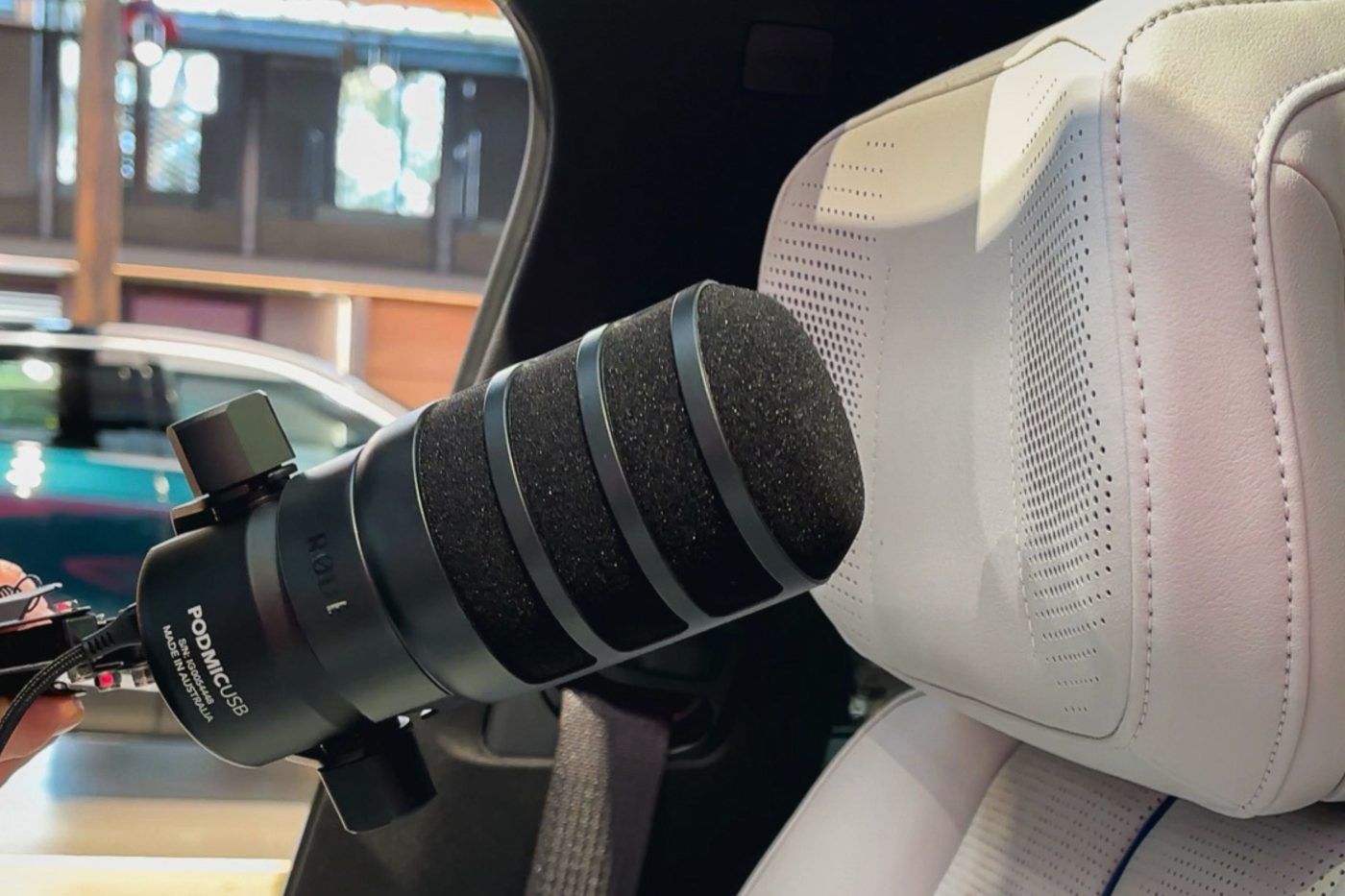
In practical terms, this silence matters. In internal combustion vehicles, road and engine noise can reach up to 70 decibels at highway speeds—comparable to a busy restaurant. By contrast, the LYRIQ’s cabin often dips below 55 decibels, which, according to the U.S. Environmental Protection Agency, approaches the noise floor of a quiet suburban home.
This quiet backdrop allows even subtle audio details to shine. Jazz piano sounds sharper, string sections breathe more naturally, and vocal podcasts feel eerily lifelike. Each sound is more present, not just louder.
Studio Tech, Adapted for Asphalt
One of the key innovations in the LYRIQ system is AKG’s Unity coaxial composite design, which aligns mid- and high-frequency drivers so their sound reaches the listener from the same physical point. This eliminates phase interference—an issue that can muddy audio in conventional setups—and creates what engineers call point-source coherence.
Also built into the dashboard is an Acoustic Lens, which directs high frequencies toward occupants’ ears without bouncing them off glass or hard surfaces. This technology, originally developed for high-end recording studios, helps prevent audio coloration and maintains fidelity even at low volumes.
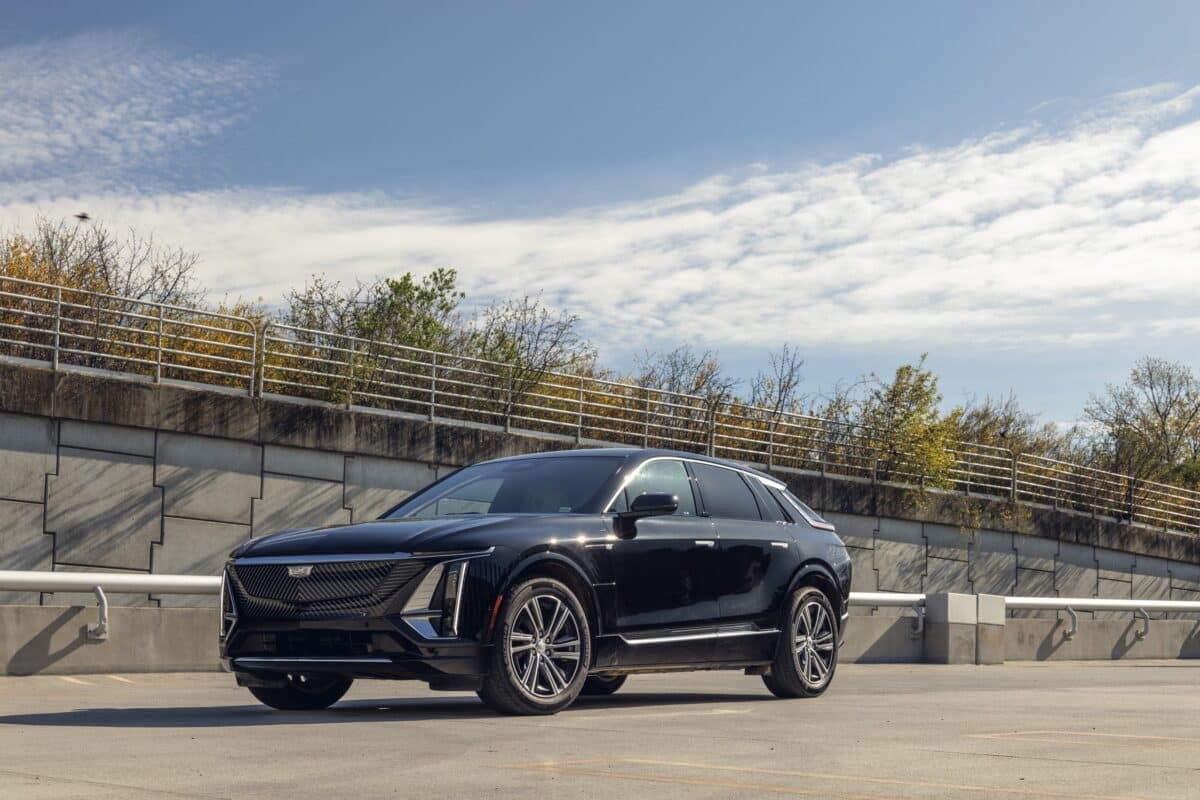
Perhaps the most striking feature, though, is the presence of speakers in the headrests. Each front occupant gets a personalized sound bubble, ideal for voice navigation, audiobooks, or even private phone calls. It’s the kind of tech normally reserved for luxury jets or executive lounges—not a mid-sized electric SUV.
Real-World Tuning, Not Marketing Fluff
AKG’s role in the LYRIQ went far beyond handing over a schematic. Sound engineers spent time in Nashville and Los Angeles studios analyzing how musicians hear their own performances. Cadillac’s team then recreated those environments inside the LYRIQ, mapping speaker positions and refining playback algorithms over hundreds of hours.
The system uses QuantumLogic 3D, an algorithm developed by Harman International (which owns AKG), to reconstruct spatial audio from compressed sources like Spotify or Apple Music. It doesn’t just boost frequencies; it rebuilds the soundstage to approximate a live performance.
While systems like Bowers & Wilkins and Bang & Olufsen offer similar spatial effects, early reviewers say the AKG approach feels less processed, more like what you’d hear through studio monitors than headphones. In road tests across Australia’s Pacific Highway, reviewers at DMARGE reported an unprecedented sense of clarity—especially during complex orchestral tracks or layered hip-hop beats.

